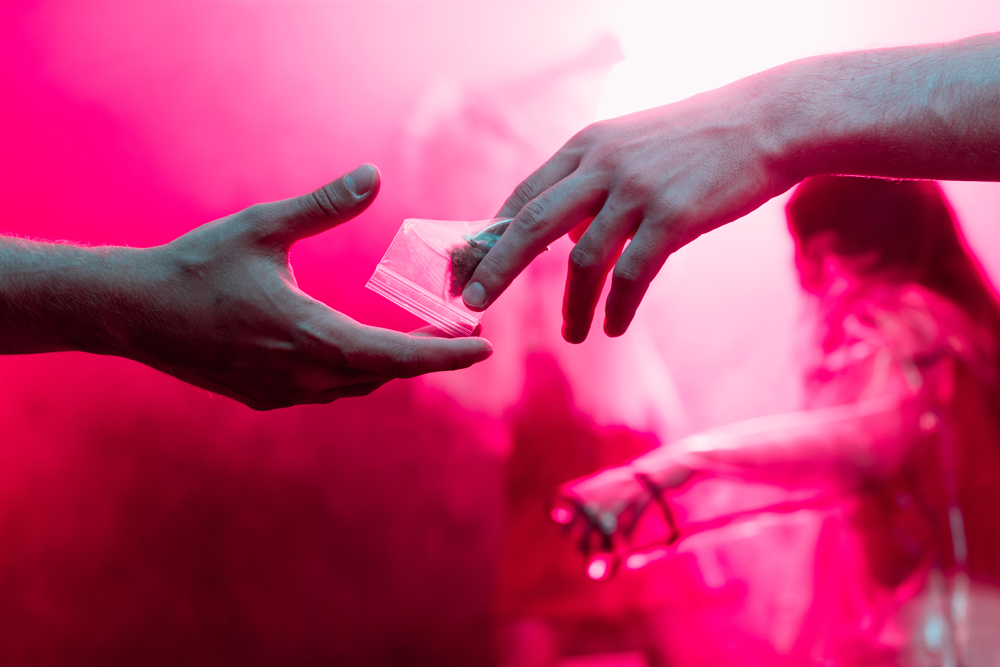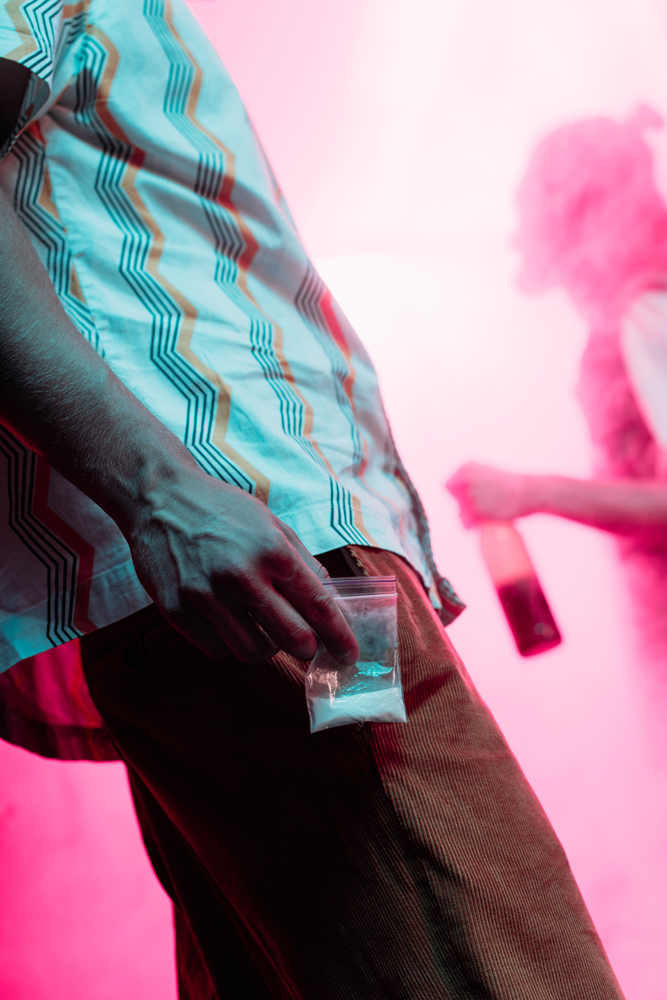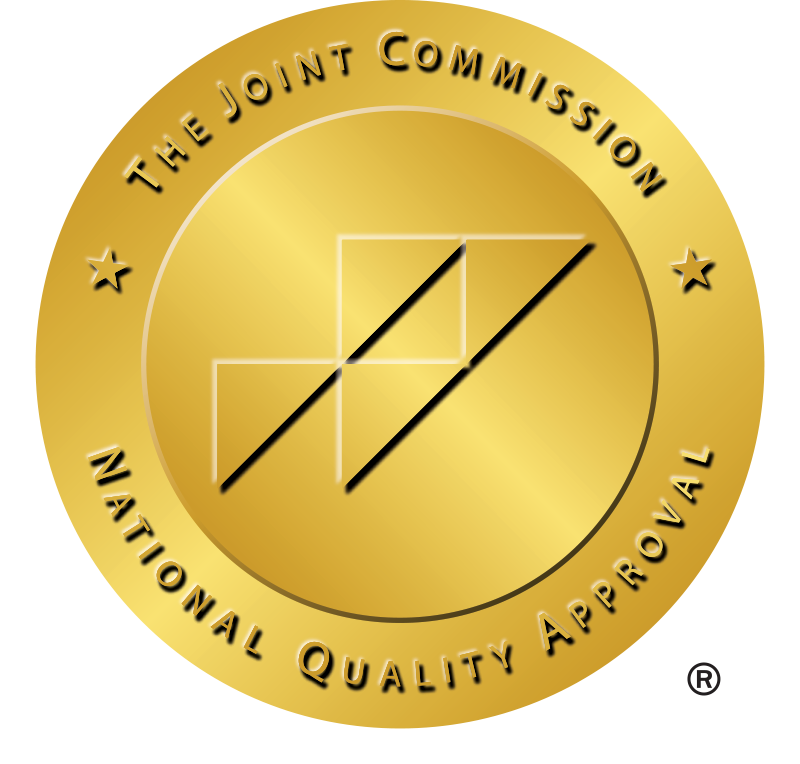When the Music Stops: The Long-Term Impact of Club Drugs on Young Lives
When the Music Stops: The Long-Term Impact of Club Drugs on Young Lives
The pulsating beats, mesmerizing lights, and a sea of ecstatic faces – for many young people, the allure of nightclubs, raves, and music festivals is an irresistible siren song. These vibrant spaces often become synonymous with freedom, connection, and uninhibited self-expression. Yet, beneath the veneer of euphoria and excitement lurks a darker reality: the rampant use of club drugs. While often dismissed as mere recreational substances, the long-term consequences of these drugs on young lives can be devastating, leaving lasting scars long after the music stops.
Updated: 2024
Written by: Allendale Treatment
If you or anyone you know are struggling with addiction, call (833) 338-6946 to speak with a professional.
The Allure of Club Drugs: A Temporary Escape with Lasting Repercussions
Club drugs, also known as designer drugs or rave drugs, are a diverse group of psychoactive substances primarily used in social settings where music and dancing are central. They are designed to enhance the experience, heightening sensory perception, boosting energy, and fostering feelings of euphoria and connection. For many young people, these drugs offer a temporary escape from the pressures of everyday life, a chance to let loose and feel free.

However, this fleeting euphoria comes at a steep price. Club drugs, often manufactured in unregulated labs, are notoriously unpredictable in their purity and potency. This makes them inherently dangerous, increasing the risk of adverse reactions, overdoses, and even death. But the dangers extend far beyond the immediate risks of a single night of partying. The long-term consequences of club drug use can be insidious, affecting the developing brains and bodies of young people in profound and often irreversible ways.
The Youth Epidemic: A Growing Concern
While national attention often focuses on the opioid crisis, a quieter but equally concerning trend is emerging: the increasing popularity of club drugs among young people. The 2021 Monitoring the Future survey, an annual study of drug use among adolescents and young adults in the United States, found that the use of MDMA (ecstasy or molly) among 12th graders increased from 2.4% in 2011 to 3.7% in 2021. (Source: National Institute on Drug Abuse) The use of other club drugs, such as ketamine and LSD, has also seen a recent uptick.
A study published in National Institute on Drug Abuse found that 18- to 25-year-olds are the most frequent users of club drugs, with nearly 15% reporting past-year use. Club drug use among young adults in the electronic dance music scene.
The reasons for this surge are multifaceted:
The Toll on Young Bodies and Minds: A Multifaceted Threat
Club drugs can wreak havoc on the developing brains and bodies of young people, with long-term consequences that can extend far beyond the initial high.
Dr. Nora Volkow, Director of NIDA, warns, “We are seeing a disturbing trend of young people becoming addicted to club drugs. These substances are not only dangerous in the short term but can also have serious long-term consequences for health and well-being.”

The Many Faces of Club Drugs: A Dangerous Cocktail
Club drugs encompass a wide array of substances, each with its own unique effects and risks. Some of the most common club drugs include:
- MDMA (Ecstasy or Molly): A synthetic stimulant and hallucinogen that produces feelings of euphoria, increased energy, emotional warmth, and empathy.
- GHB (Gamma-hydroxybutyrate) and Rohypnol (Flunitrazepam): Central nervous system depressants that can cause sedation, disinhibition, and amnesia. They are also notorious for their use as “date rape drugs.”
- Ketamine: A dissociative anesthetic that can produce feelings of detachment from reality, hallucinations, and distorted perceptions.
- LSD (Lysergic Acid Diethylamide): A hallucinogen that alters thoughts, feelings, and awareness of one’s surroundings.

The Many Faces of Club Drugs: A Dangerous Cocktail
Club drugs encompass a wide array of substances, each with its own unique effects and risks. Some of the most common club drugs include:
- MDMA (Ecstasy or Molly): A synthetic stimulant and hallucinogen that produces feelings of euphoria, increased energy, emotional warmth, and empathy.
- GHB (Gamma-hydroxybutyrate) and Rohypnol (Flunitrazepam): Central nervous system depressants that can cause sedation, disinhibition, and amnesia. They are also notorious for their use as “date rape drugs.”
- Ketamine: A dissociative anesthetic that can produce feelings of detachment from reality, hallucinations, and distorted perceptions.
- LSD (Lysergic Acid Diethylamide): A hallucinogen that alters thoughts, feelings, and awareness of one’s surroundings.
How People Become Addicted:
A Slippery Slope
Club drug addiction often begins with recreational use. The intense pleasure and feelings of connection associated with these drugs can make them highly reinforcing, leading individuals to use them more frequently and in higher doses. As use continues, the brain adapts to the presence of the drug, developing a tolerance that requires increasing amounts to achieve the same effects. This can quickly spiral into dependence, where individuals need the drug to feel normal and experience withdrawal symptoms when they stop using it.
Long-Term Effects and Red Flags for Club Drug Addiction
Club drug addiction can manifest in various ways, both physically and psychologically.
Some common signs of addiction include:
Breaking the Silence: Recognizing the Signs and Seeking Help
It’s crucial for parents, educators, and other concerned adults to be aware of the signs of club drug use in young people. These signs may include changes in behavior, such as increased secrecy, withdrawal from friends and family, or a decline in academic or work performance. Physical symptoms like dilated pupils, increased heart rate, sweating, and nausea can also be indicative of club drug use.
If you suspect that a young person is struggling with club drug use, it’s important to approach the situation with compassion and understanding. Encourage them to seek professional help and offer your support throughout their recovery journey.
Protecting Young Lives
The rise of club drug use among young people is a public health crisis that demands our attention. By raising awareness, educating young people about the risks, and providing access to treatment and support services, we can help protect them from the long-term consequences of these dangerous substances.
Let’s not wait until the music stops to address this issue. It’s time to break the silence, empower young people with knowledge, and provide them with the tools they need to make informed choices about their health.
If you or anyone you know are struggling with addiction, call (833) 338-6946 to speak with a professional.


